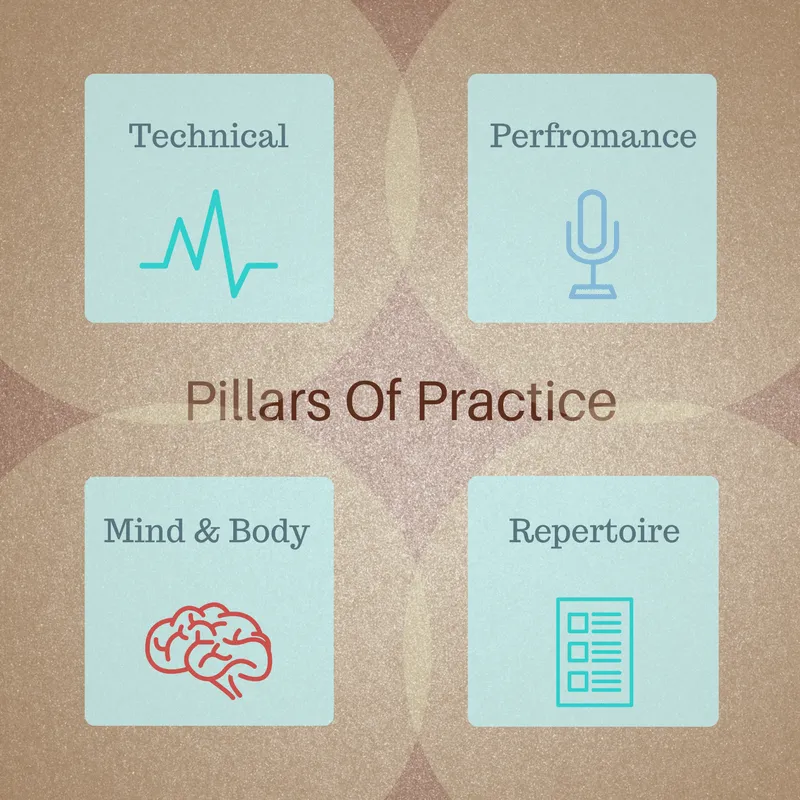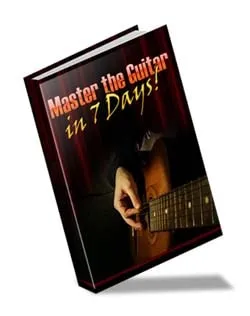Remember the tortoise and the hare when you practice guitar
Remember the story of the tortoise and the hare (turtle and rabbit)? They had a race and the rabbit took off so fast that he decided he could take a nap while the slow moving tortoise plodded along. In the end, the tortoise won the race, which is another way of saying: “Slow and steady wins the raceâ€.
The good news is that you can learn to play guitar at your own pace and become quite good at it. How do I know this? Because, at one time, I was a complete klutz with my guitar, but I stuck with it and today am pretty good at it!

The best way to practice guitar is easy to learn, but sometimes not so easy to do. This is because most people want instant results. After all, watching a capable guitar player makes it looks so easy; why doesn’t it work for me?
Most of us want success without sacrifice and are too impatient to take the necessary steps. All too often we get enthusiastic about something, buy some equipment, make a good start, then slowly drift away into indifference.
Do This Before You Start On Any Guitar Lessons
Deals on guitars
Music stands  Microphones   Headphones  Guitar stands  Metronome
Use The 4 Pillars Of Practice And Your Guitar Playing Will Dramatically Improve
Pillar one: Focus
Setting a long term goal is essential. Ask yourself questions these questions and write them down. Putting things into words help clarify and solidify your thoughts.
- Get yourself a notebook or journal to write in. It doesn’t need to be fancy, though an actual Guitar Journal is best. I use one called “Guitarist’s Woodshed Practice Log” and have discovered that it really helps me keep on track and make the most of my time. It also keeps you honest; we have a tendency to think we are practicing more than we are.
- Make sure you have your music space set up, even if it is just a corner of a bedroom. Make it a special place as though it were your studio.
- What style of guitar do I want to learn and become accomplished at? You simply cannot “major†in flatpicking and blues and rock at the same time. Sure, you can “minor†in whatever you want, but you don’t have enough time and focus to concentrate on two styles at the same time.
- How much time can I devote to practicing guitar? Be realistic. The very minimum practice time should be 30 minutes a day. I suggest at least an hour a day, or more, if you break it up into chunks of time.
- Have I met the requirements mentioned earlier in this article? That is a playable guitar, a music space, metronome, and commitment.
- Part of the commitment is to take care of your body. Learn to exercise your hands before practice, stretch, drink water, take frequent breaks, etc. It is better to practice for two 30 minute periods than one 1 hour session, for example. Beware of overdoing it. In the long run you DO NOT want carpal tunnel syndrome. I know. I have it in my elbow. Not from playing guitar, but from many years of tool-and-die making with repetitive motions involving my elbow.
- Here is a good video on stretching: Â https://youtu.be/-IJC0bckKBY
Pillar two: Technique
- Practice can be improved by designing several types of practice. One might be scales, learning the fretboard, repertoire review. Another could be strumming warm up, new tunes, new voicings, theory, singing. A third might me the hardest scales, lead lines, repertoire review, new tunes. Changing things up breaks the monotony, keeps you learning at a faster pace and ensures that your are covering all the bases.
- Fretting hand technique. Work on getting the fingering correct, your thumb placement correct, loose arm, curved fingers, etc. Develop good habits, even if if is painful in the beginning.

- Take the buzz test. Play notes as you normally would, then play them with less fretting hand pressure until you get the buzzing noise. Now apply enough pressure to eliminate the buzz and that is the pressure you need to play. More than that and you are setting yourself up for tired fingers and carpal tunnel syndrome.
- Picking hand technique. Avoid the bad habit of planting your little finger on the top of the guitar; learn to let your hand float while still keeping contact with the guitar. Avoid planting the heel of your hand on the bridge, this will limit your movement. Learn to relax your arm and wrist while still keeping a tight grip on the pick and play with your forearm, wrist and fingers. Watch people like Bryan Sutton or Russ Barenberg and try to imitate them.
- Practice scales. Scales get a bad rap from a lot of people. There is also the myth that playing scales turns you into a robot and kills creativity-not true. Learning scales can teach you fingering, the fretboard, tone, speed, accents, coordination and an overall musical sense. Just don’t make the mistake of only practicing scales instead of making music!
- Music theory. Some “self-taught†guitarists scoff at music theory, as if it is only for weak-minded sissies or something. You need some theory to even play “Mary Had A Little Lambâ€, otherwise the song wouldn’t sound right. Learning basic theory is enlightening and will expand your appreciation of the instrument and the songs you play on it.Â
- Timing is everything. Use the metronome to train yourself to keep good time. Once you have good habits you won’t need it so much and people will appreciate your steady rhythm. Bad timing will get you quickly shunned by other players, I know from personal experience.Â
- Let yourself go and play for other people as much as possible, even if your song is less than “perfectâ€, which it always will be. This helps eliminate fear and self-consciousness so you can share with the others and have fun.
Pillar three: Performance
- One of the joys of reaching a reasonable level of guitar playing ability is that of singing and playing with other people. Few things can equal the delight you get when things blend together with a singer or instrumentalist. You probably don’t want to be a hermit who only plays alone, so create and find opportunities to play in front of others. Nobody is going to do bad things if you mess up.
- Jamming is usually the first goal guitarists have when they make a commitment to learn. If you can find local jams make sure you participate as much as possible, even if all you can do is strum along in the background. That is exactly how I got started: lurking in the background, strumming, picking and watching. Eventually I got up the nerve to sing and play “Blueridge Mountain Bluesâ€. I crashed halfway through and was out of tune singing, but nobody made fun of me or mocked me, in fact, they were totally supportive.
- Playing in a band can be a truly wonderful experience. You get the chance to hone your skills with others, enjoy the camaraderie, and grow musically. This is also a big commitment due to rehearsals, travel, performance, etc.
- Investing in a quality microphone is essential, if you want to hear how you actually sound. The built-in microphones on computers are just so-so, and if you can’t afford a microphone this will work. I use a Yeti USB microphone for basic home recordings and am quite satisfied with it. This an excellent choice for video submissions to your instructor as well.
Pillar four: Repertoire
- Every style of guitar music, has it’s own unofficial list of standards. This is great for jamming because, no matter where you go in the world, guitarists seem to know many of the same songs and tunes. Make sure you focus on the standards before you venture off into the exotic because you will want to know the common songs at a jam or gathering.
- Listen to as much music of your style as you can. There is so much good “old†traditional music, as well as “new†traditional music that your only problem will be finding the time to listen to it all! Get the melodies, feel, rhythms and mood into your blood so it becomes part of you.
- When you take a course there are always many songs to choose from. Try not to learn too many at once, otherwise you won’t really learn any of them well. Focus on a few and master them before you move on.
- Write down, hopefully in your journal, the songs and tunes in your personal repertoire. This is really helpful because a common experience at a jam is the sudden onset of “jamnesiaâ€, where you can’t remember any songs that you know, even though you really know a ton! Then there is public performance with it’s even greater pressure to play well. Once you have made a song your own, you can relax a bit and focus on the mood and feeling more than the technique.
- Develop your own versions of songs, with your own style and solos. This process might take months, and as you grow in skill, the version evolves. Just begin with the basic melody, find the chords and start experimenting with different sounds, voicings, harmonies, runs, etc. until you have something you like. Then share it.
Recommended Resources For Practicing Guitar
Pickin' and Grinnin'
10 Minute A Day Practice
Celtic Workout
Pete Huttlinger Practice
Please take a minute to leave a comment below and don’t forget to join our free Newsletter!

 Sign up to receive a free ebook: Master The Guitar in 7 days! (available for a limited period)
Sign up to receive a free ebook: Master The Guitar in 7 days! (available for a limited period)